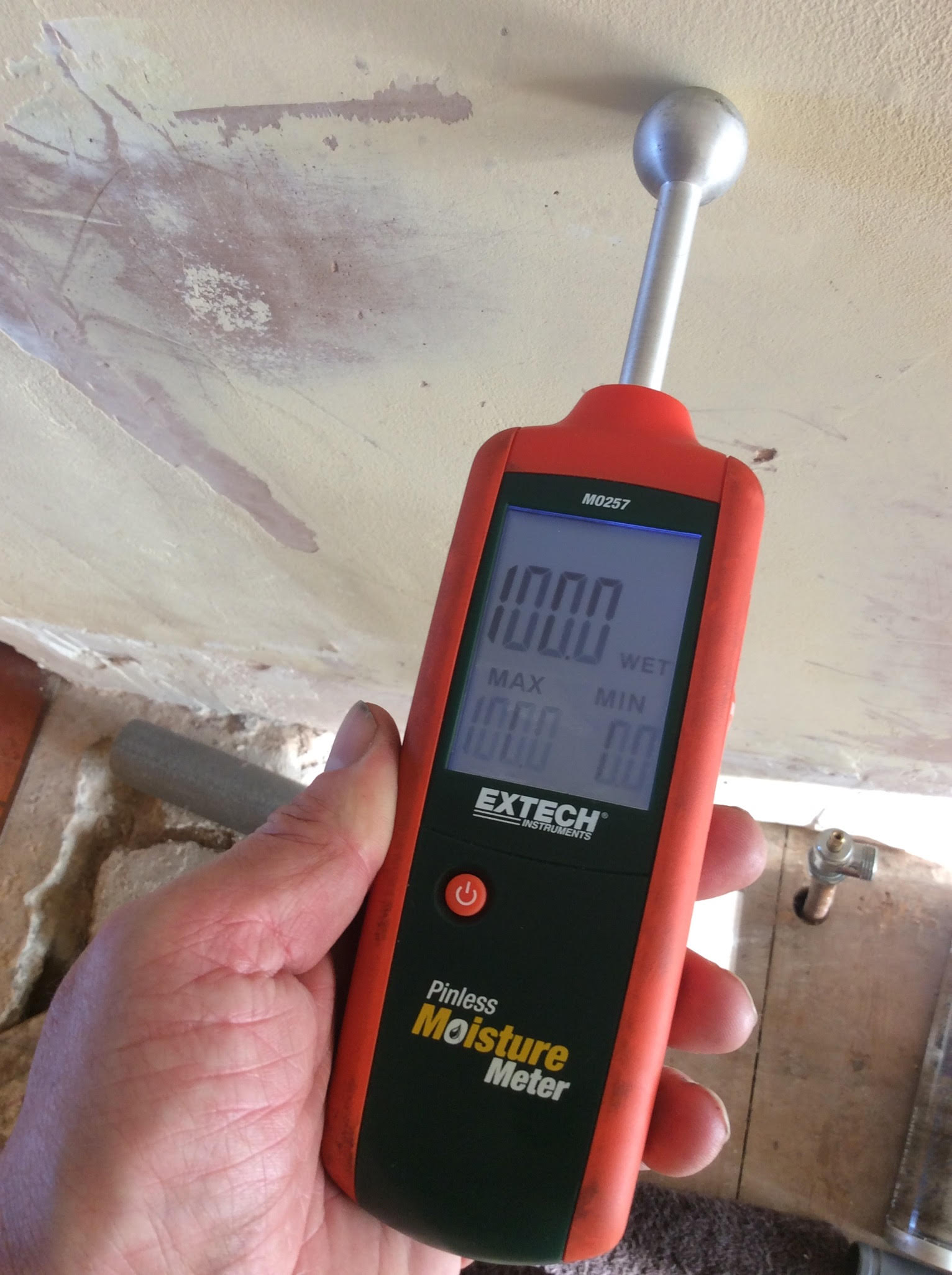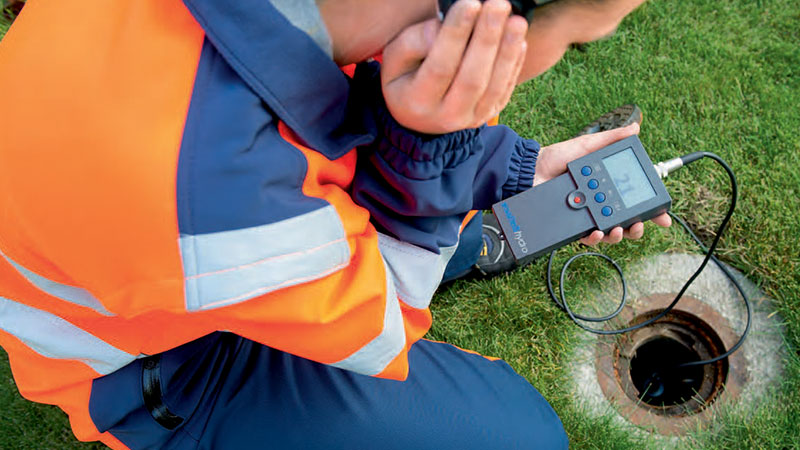How Specialist Water Leak Detection Can Save You Cash and Avoid Damages
How Specialist Water Leak Detection Can Save You Cash and Avoid Damages
Blog Article
Ingenious Solutions for Early Detection of Water Leaks in Buildings and Facilities
As the honesty of structures and facilities is extremely important, the obstacle of very early detection of water leaks has actually stimulated ingenious services that guarantee to revolutionize the method we safeguard against possible problems. From innovative leak detection modern technologies to the release of IoT sensors for real-time tracking, the landscape of leakage prevention is developing swiftly. Artificial intelligence formulas use a glance right into the future of leak prediction, while thermal imaging presents a non-intrusive approach for pinpointing surprise leakages. Automated water circulation analysis systems are improving how leakages are identified and attended to, leading the means for a positive strategy to water leak discovery. Each of these solutions holds the vital to making certain the integrity and long life of our constructed atmosphere, prompting a change towards an extra lasting and efficient future.
Advanced Leak Discovery Technologies
Advanced leakage discovery technologies, outfitted with innovative sensing units and formulas, play an essential role in swiftly recognizing and pinpointing water leaks in numerous setups. These modern technologies employ a combination of acoustic, thermal, and electromagnetic noticing methods to spot leaks accurately. Acoustic sensing units spot the sound of escaping water, permitting for exact localization of the leakage resource. Thermal imaging detects temperature level adjustments triggered by water leakage, supplying an additional effective technique for leak recognition. Electro-magnetic sensing units can recognize adjustments in electromagnetic areas triggered by water, using yet another layer of leakage detection ability.

IoT Sensors for Real-Time Tracking
In the world of modern-day water leakage discovery, the integration of IoT sensors for real-time tracking stands for a crucial advancement in enhancing positive leakage discovery capacities. These sensing units offer continuous monitoring of water systems, supplying real-time information on water circulation prices, stress variants, and temperature level adjustments. By leveraging IoT modern technology, these sensing units can spot even the smallest anomalies in water usage patterns, enabling early identification of potential leaks before they escalate into significant concerns.
IoT sensing units send information to a central platform, where sophisticated algorithms evaluate the information and generate alerts or alerts when abnormalities are identified. This real-time surveillance capacity enables property proprietors or center supervisors to quickly deal with leaks, decreasing water damages, minimizing repair work costs, and conserving water sources.
Moreover, IoT sensors can be incorporated with structure administration systems, permitting computerized actions to discovered leaks, such as turning off water valves or activating pumps to minimize the effect of leaks. On the whole, the application of IoT sensors for real-time surveillance substantially improves the efficiency and performance of water leak discovery in buildings and framework.
Maker Learning Algorithms for Leakage Prediction

One key benefit of utilizing artificial intelligence for leakage prediction is its capacity to constantly learn and boost its precision in time. As even more data is accumulated and fed into the formula, it can fine-tune its predictions and adjust to changing problems, inevitably boosting the reliability of leakage detection systems.
In addition, artificial intelligence formulas can help in determining refined indications of leakages that may go undetected by conventional tracking methods. water leak detection. By examining complex information collections in real-time, these algorithms can give early cautions and alerts, enabling punctual intervention and precautionary upkeep to reduce possible water damage and connected prices
Utilizing Thermal Imaging for Leak Discovery
Thermal imaging technology uses an encouraging approach for finding water leaks in various systems and facilities. By making use of infrared radiation and temperature variations, thermal imaging cams can recognize covert leaks that are not quickly noticeable to the nude eye. When water escapes from pipes or structures, it commonly transforms the temperature of the surrounding area, producing temperature level differentials that thermal electronic cameras can capture. These temperature irregularities are then equated that site into visible pictures, highlighting the precise area of the leakage.
One of the key advantages of thermal imaging for leakage discovery is its non-intrusive nature. Unlike typical approaches that might need burglarizing walls or floorings to find leakages, thermal imaging permits non-destructive testing. This not only conserves time and lowers costs yet additionally minimizes disturbance to the building or infrastructure being assessed. Additionally, thermal imaging can promptly scan large areas, offering a thorough summary of prospective leakage resources in a prompt way. Generally, making use of thermal imaging technology enhances the performance and precision of water leak discovery, making it an important device for maintaining the honesty of buildings and facilities.
Automated Water Circulation Analysis Systems
How can automated water flow evaluation systems transform the detection and monitoring of leaks in various systems and facilities? Automated water circulation evaluation systems Full Report use a proactive look at this website technique to leakage detection by constantly keeping an eye on water flow rates and patterns. By establishing baseline information, these systems can swiftly determine deviations that might show a leak, enabling prompt intervention to avoid considerable damages.
These systems make use of sophisticated algorithms to assess real-time information and offer prompt informs when anomalies are detected, allowing for swift activity to be taken. In addition, automated water circulation analysis systems can be incorporated with building management systems or IoT systems, enhancing general effectiveness and making it possible for remote surveillance abilities.
Furthermore, the data gathered by these systems can be utilized for anticipating upkeep purposes, aiding to recognize possible weak points in the facilities before leakages occur. Generally, the application of automatic water circulation evaluation systems can substantially boost leak detection and monitoring practices, ultimately leading to cost financial savings, minimized water waste, and enhanced sustainability in buildings and infrastructure.

Verdict
In final thought, the assimilation of sophisticated leak discovery technologies, IoT sensors, artificial intelligence formulas, thermal imaging, and automatic water flow evaluation systems supplies ingenious remedies for early discovery of water leaks in buildings and infrastructure. These technologies enable real-time monitoring, prediction of leakages, and reliable discovery methods to avoid water damage and wastage. Carrying out these solutions can help in maintaining the honesty and sustainability of water supply in various setups.
Report this page